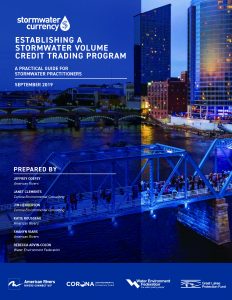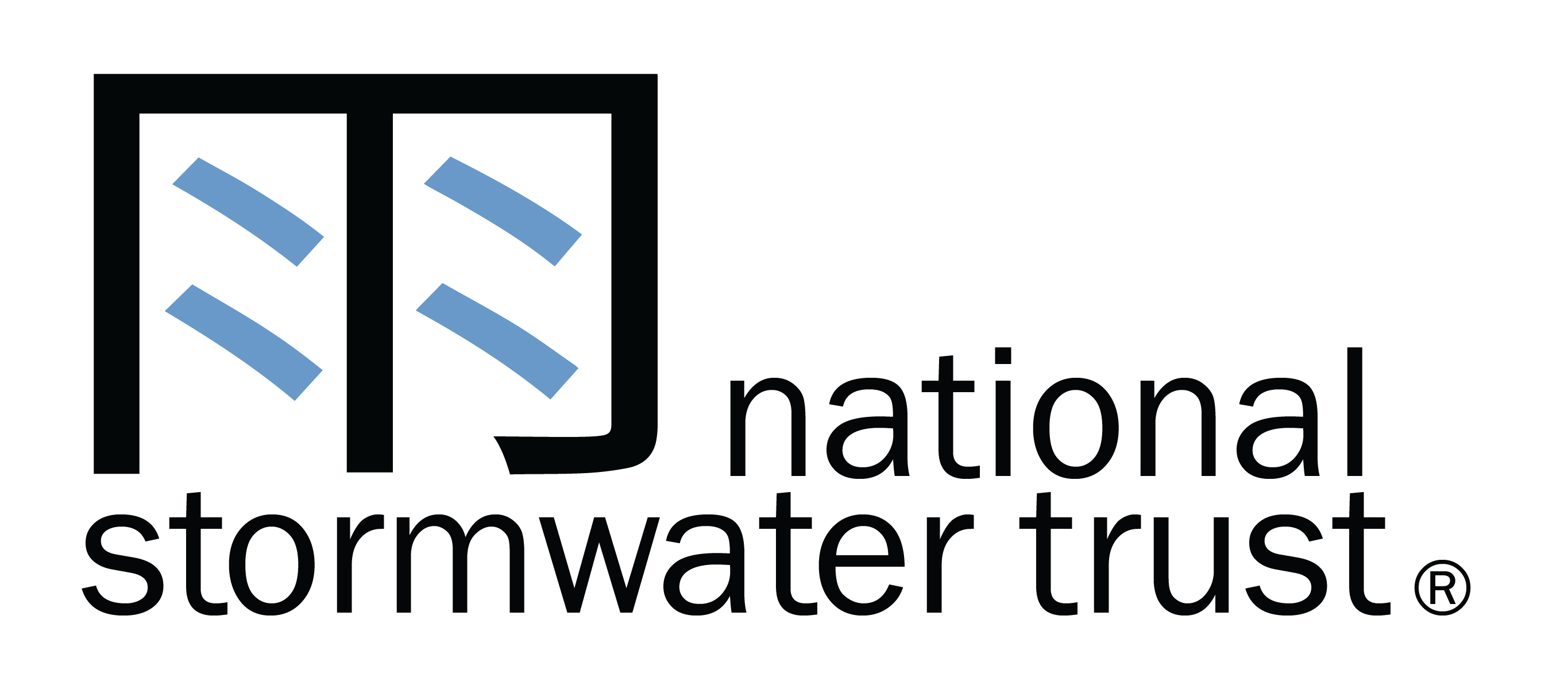
Just as municipal separate storm sewer system (MS4) permittees and others subject to stormwater regulations seek out the cheapest and easiest ways to achieve compliance, regulatory agencies have a vested interest in making compliance simpler without sacrificing environmental benefits. In a growing number of U.S. cities, the stormwater credit trading (SCT) concept is gaining traction for its ability to provide greater flexibility for property developers while minimizing noncompliance issues for regulators.
But SCT is not a fit for every community, and because the concept is relatively new, many municipalities are unsure how to assess whether establishing an SCT program can result in benefits for their local water environment.
In September, stormwater-program financing experts from the Water Environment Federation (WEF; Alexandria, Va.), American Rivers (Washington, D.C.), and Corona Environmental Consulting (Louisville, Colo.) released a new guide that acts as a “road map” toward establishing SCT programs.
“While establishing and running a credit trading market is not without risk, cost, or complexity, a properly designed stormwater credit trading program can benefit property developers, improve urban water quality, foster community resilience, and better distribute the co-benefits of green infrastructure projects throughout a community,” the guide reads.
Establishing a new market
Under SCT programs, property owners that manage their stormwater more effectively than minimum regulatory standards require or unregulated property owners that adopt stormwater control measures voluntarily can generate “credits” based on the volume of stormwater they manage. Neighboring developers and property owners can purchase these credits, which then count toward meeting their own stormwater management requirements. The SCT option frees up extra space for construction that would otherwise have to be used for stormwater management infrastructure, incentivizes property owners to perform above regulatory standards, and offers a more flexible way to achieve local water quality objectives, according to the guide.
The guide details how successful SCT programs require a strong regulatory foundation and sufficient local development activity to drive demand for credits. Many municipalities, for example, expressly restrict counting offsite stormwater management measures toward a site’s regulatory obligations – severely limiting the potential SCT benefits. The City of Chattanooga, Tenn., for example, has had an SCT program in effect for several years; however, according to the guide, not a single transaction has been made through the program because Tennessee state legislators modified the city’s MS4 permit requirements in a way that “severely limits the conditions under which a developer can take advantage of offsite compliance.”
Responsible leadership is also key to SCT program success. A growing market for stormwater credits must be managed by an impartial body that can ensure the proper maintenance of stormwater management projects and clarify how those projects translate into credits. Market organizers also must specify clear guidelines, developed according to local conditions, that dictate how credits are valued, the program’s physical boundaries, and how transactions are orchestrated, the guide describes.
Walking the walk in Michigan
Authors of the guide, operating under the tradename Stormwater Currency, are moving from theory to practice by designing an SCT program for Grand Rapids, Mich.
Forthcoming updates to Grand Rapids’ MS4 permit language will impose new retention-based channel protection requirements on new or redeveloped sites with at least 93 m2 (1,000 ft2) of impervious space, creating new demand for programs that facilitate compliance. Although permittees are required to demonstrate that building on-site stormwater management infrastructure would be infeasible before they can purchase and apply stormwater credits, these conditions are flexible enough to create significant opportunities for an SCT program, the guide describes.
Because local regulations require that any off-site compliance measures be located within the same watershed as the property they benefit, Stormwater Currency identified three trading areas within the watershed to serve as a pilot. Part of the team’s analysis involved determining the distribution of soil types in the watershed, as well as other hydrogeological factors such as depth to groundwater, presence of contamination, and changes in land elevation.
